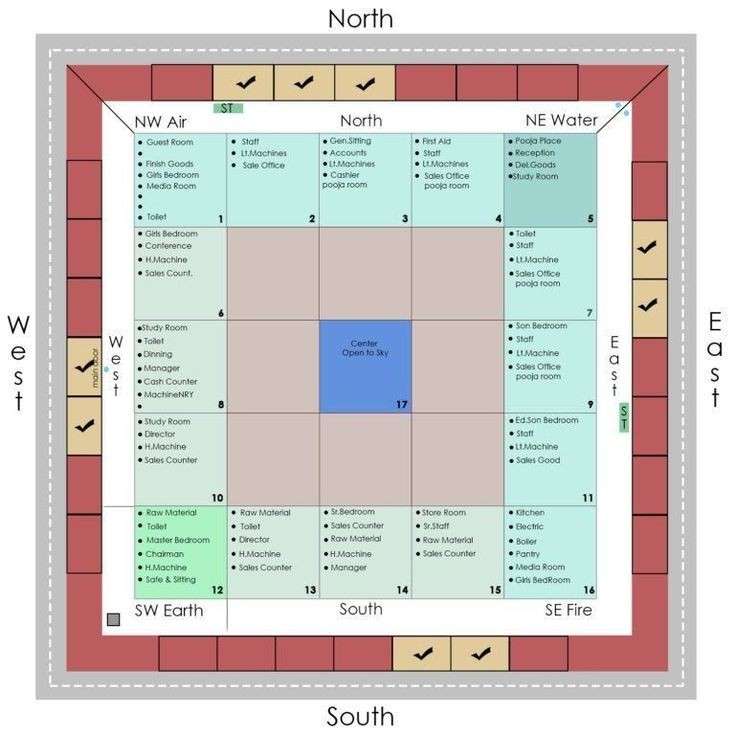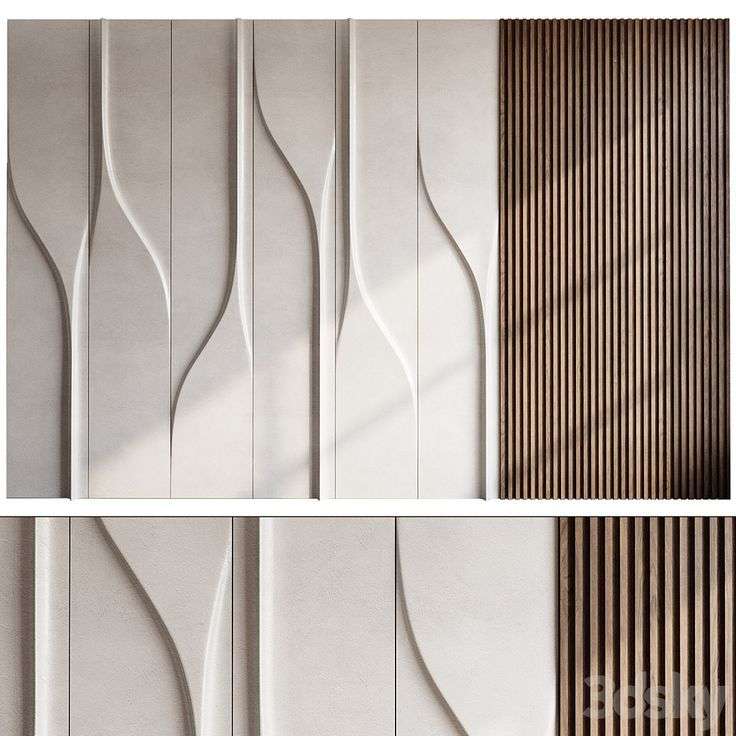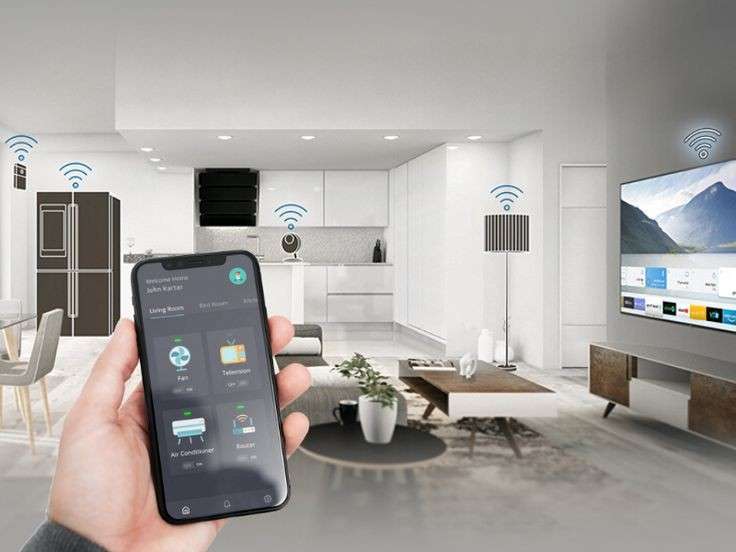Vastu Shastra, an ancient Indian science of architecture, is based on the belief that the arrangement and design of living spaces can affect the flow of energy in a home. By aligning your home’s interior with Vastu principles, you can enhance well-being, happiness, and prosperity in your life. Whether you’re moving into a new home or looking to redesign your current space, integrating Vastu Shastra into your interior design can lead to a more balanced and harmonious living environment.
Here’s a guide to understanding Vastu Shastra and how you can harmonize your home’s interior design according to its principles.

1. Understanding the Basics of Vastu Shastra
Vastu Shastra is rooted in the idea that the five elements of nature — Earth, Water, Fire, Air, and Space — interact with the human body and mind. According to Vastu, the layout, design, and orientation of a home must balance these elements to create an environment conducive to positive energy and health.
Vastu also emphasizes the importance of the directions and the placement of various elements within a space. It suggests that each direction in your home has its own characteristics and affects the energy flow in specific ways.
2. The Importance of the Main Entrance
In Vastu, the main entrance is considered the most important aspect of your home’s design. The entrance should be located in the north, northeast, or east direction for maximum positive energy flow. This is believed to invite prosperity, peace, and good health.
If your entrance is located in other directions, you can still improve the energy by adding specific elements such as a well-lit entrance, plants (like basil or tulsi), and a clean and clutter-free threshold. You should also avoid placing mirrors directly facing the entrance, as they are thought to reflect away positive energy.
3. Arranging the Living Room According to Vastu
The living room is a central area of interaction and socializing in a home, and its design is essential in promoting a good atmosphere. According to Vastu, the best place for the living room is in the north or east part of the house, as it ensures that the space receives positive energy from the sun.
- Furniture Arrangement: Position the seating area so that you face the north or east while sitting. This alignment is believed to promote mental clarity and well-being. Avoid placing seating arrangements with your back to the entrance or directly beneath overhead beams, as it can lead to discomfort and unease.
- Decor: Keep the living room light and airy, using neutral or soft tones for walls and furniture. Natural light is essential in Vastu, so try to have large windows or use sheer curtains to allow sunlight into the space.
4. Bedroom Design for Restful Sleep
The bedroom is where you spend a significant portion of your time, and its design plays a crucial role in ensuring restful sleep and good health. In Vastu, the southwest direction is considered the best for a master bedroom, as it symbolizes stability and strength.
- Bed Placement: Place the bed in such a way that your head faces the south or west while sleeping. Avoid having your feet pointing toward the door, as it is believed to bring negative energy and restlessness.
- Colors and Decor: Use calm and soothing colors like light blues, greens, or off-whites in the bedroom. Avoid bright or aggressive colors, which may disturb the peace of the room. You can also add plants for a sense of tranquility and positive energy.
5. Kitchen Design for Health and Prosperity
The kitchen is associated with health and nourishment, and its design plays a significant role in Vastu. The southeast direction is considered ideal for placing the kitchen, as it is linked to the Fire element. However, if your kitchen is located in the northwest, it’s still possible to harmonize it with some adjustments.
- Stove Placement: The stove or cooking platform should be positioned in the southeast corner of the kitchen, with the person cooking facing the east.
- Avoid Clutter: Keep the kitchen neat and tidy. Vastu emphasizes that a cluttered kitchen will result in a cluttered mind. Ensure that kitchen cabinets and counters are organized, and avoid placing large items on the floor.
6. Bathrooms and Toilets in Vastu
In Vastu, bathrooms and toilets are associated with the water element and must be designed thoughtfully to avoid draining positive energy. The ideal location for bathrooms is the northwest or west direction. If this is not possible, take steps to ensure the bathroom does not create an imbalance of energy.
- Ventilation: Ensure proper ventilation and use natural materials like stone or tiles that are easy to clean and maintain.
- Colors: Use lighter shades such as whites, light blues, or pastels for bathroom walls to promote a calm environment. Avoid dark colors, as they can make the space feel closed and stagnant.
7. Using Colors, Lights, and Accessories in Vastu
The use of colors is an integral part of Vastu Shastra. Different colors are believed to influence the energy flow in a room, and choosing the right hues can positively impact your mood and well-being.
- Light colors like whites, creams, and soft pastels are great for the overall ambiance of a home. They promote harmony and peace.
- Yellow is recommended for study rooms or areas of learning, as it is believed to enhance concentration and intellect.
- Red is ideal for the south direction, representing energy and vitality, but should be used in moderation.
Vastu also emphasizes the importance of lighting. Ensure that your home has a combination of ambient, task, and accent lighting. Bright lights can help increase positive energy, especially in darker corners of the house. Decorative elements like mirrors, plants, and sculptures should be placed according to Vastu principles to avoid negative energy buildup.
8. Avoiding Negative Energy
One of the key principles of Vastu Shastra is ensuring the avoidance of negative energy sources. These may include sharp edges or corners, heavy furniture blocking pathways, or any clutter in spaces meant for relaxation and reflection.
- Mirrors: Avoid placing mirrors directly opposite the bed or entrance, as they can reflect negative energy.
- Clutter-Free Spaces: Keep spaces like corridors, stairways, and entrances clear to allow the free flow of energy throughout the home.



